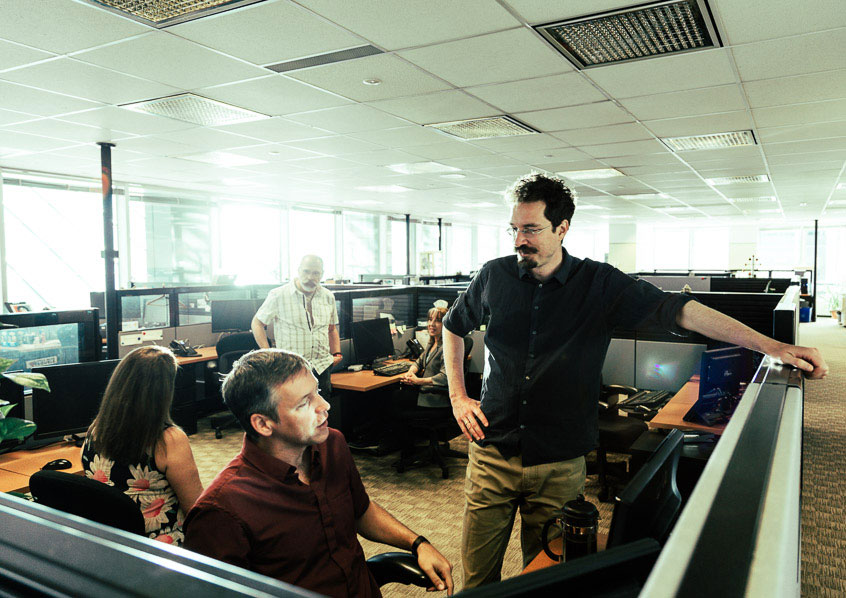ADAPTATION AND TRANSCREATION
MAKING EVERY TRANSLATION
A BONA FIDE ORIGINAL
WHEN IS ADAPTATION REQUIRED?
Creative content
Slogans
Advertising
Marketing concepts
Strategic content
Websites
Product names
Brands
Plans
- Strategic plans
- Marketing plans
- Communication plans
Specialized content
Slang
Industry-specific articles
Popularization texts
Studies
Spoken material
Voice response
Voice-overs
Scripts
- Training
- Telemarketing
Dynamic content
Social media
- Hashtags
Text messages
Subtitles
Posters and banners
Chatbots

WHEN TO ADAPT
When should you consider adaptation over conventional translation?
- Tone and style
When a shift in tone and style is required to achieve the desired effect in a target language and culture. - Wording
When you have to refocus a message which is perfectly clear in the source language but makes little sense in the target language, and different wording, references or images are required to get it across. - Concept
When you have to introduce a concept that is nonexistent or has no direct equivalent in the target language or culture and requires an explanation or paraphrasing. In such cases, new metaphors, idioms or cultural references may be needed for maximum impact. - Time or space constraints
When content needs significant editing in the target language to fit into the allotted space (e.g. subtitles, tweets) or to be spoken within a limited time frame (e.g. voice messages, dubbed content).
VERSACOM’S APPROACH
TO ADAPTATION
At Versacom, adaptation and transcreation are an expert combination of translation and writing that naturally conveys a message in a target language. Not only do we have experts for all industries and specializations, but adaptation translation at Versacom—including creative adaptation, concept adaptation or any other type of transcreation—involves a comprehensive process which is certified under the world’s two most stringent quality standards. It also complies with the exceptionally high standards of Canada’s professional language industry.
